Sony DualSense Edge review: the perfect pro controller for PS5
Is Sony's pro controller for the PS5 the perfect high-spec option? Read our DualSense Edge review to find out

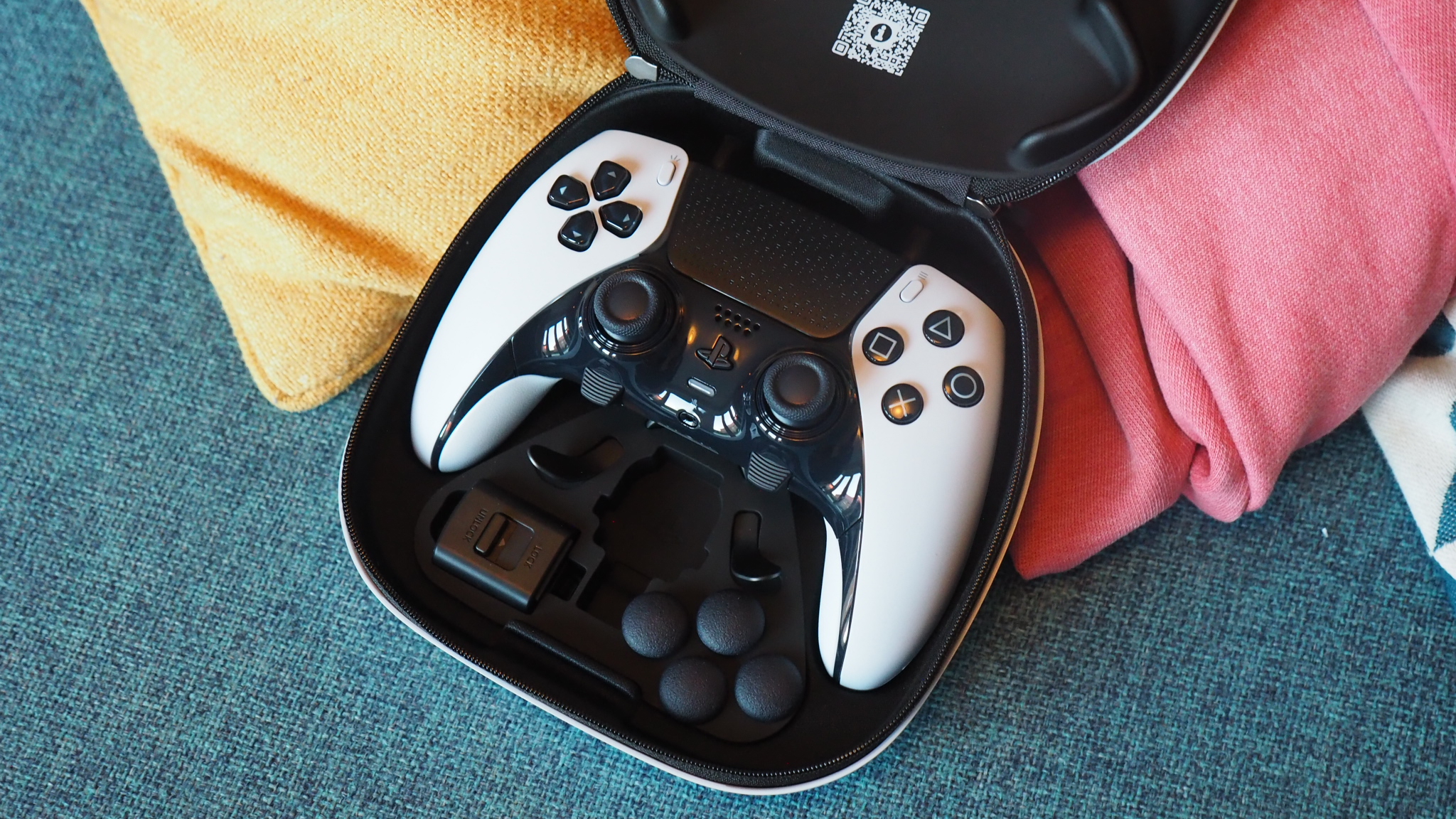
If you're the kind of gamer who demands more controls, more adjustment, more customisation and more precision for your gaming then the DualSense Edge certainly delivers on those needs, making it the best PlayStation 5 controller money can buy – it's just that you'll need rather a lot of that to buy one in the first instance.
-
+
Semi-modular design, selectable thumbsticks/rear triggers
-
+
Great software with customisable profiles & adjustments
-
+
Solid carry case included
-
-
6-hour battery life is worse than normal DualSense
-
-
No thumbstick tension adjustment modules (yet)
-
-
It's undeniably pricey
Why you can trust T3
Given how much of a behemoth in the gaming world Sony Computer Entertainment is thanks to PlayStation's long history, it's a little bit mind-boggling that the company has never made a pro-grade controller. Until now, that is, with the DualSense Edge for PS5 being the Japanese maker's first to market.
The DualSense Edge caught headlines from the very moment it was revealed back in 2022 for the fact it cost almost four times the asking price of a single 'normal' DualSense controller. So, no, it's certainly not cheap. But, yes, it's certainly very good indeed for high-level players looking to up their game. The most obvious question then: is the DualSense Edge worth it?
Sony DualSense Edge: Price & Availability
If you don't know already then here's that big figure: the DualSense Edge's asking price is £209.99 in the UK, $199.99 in the USA, and AU$339.95 in Australia. Yup, it'll cost you more than half of a PlayStation 5 Digital console.
However the demand for this controller is massive. On its release date, 26th January 2023, you can only pre-order from Sony's official store, with stock limited and so one controller per household is all that Sony will permit for the time being.
If and when the controller becomes available elsewhere it'll show up in the shopping widget below, including at its best current pricing. As a comparison I've included the 'standard' DualSense controller, which is around a quarter of the Edge's asking price.
DualSense Edge review: What's New?
I first experienced the DualSense Edge in my unboxing feature, and even then it impressed me from the off. But being thorough I wanted to invest some time in testing the controller out on various games to get a real feel for how it performs.
Before that, however, it'll be the things that the Edge adds over a standard DualSense controller that you're probably wondering about first and foremost. There are many and the best way I can think to cover this is visually with an eight-point list of subheadings each with an image. Here are the most apparent features to know about:
1. Hard carry case included
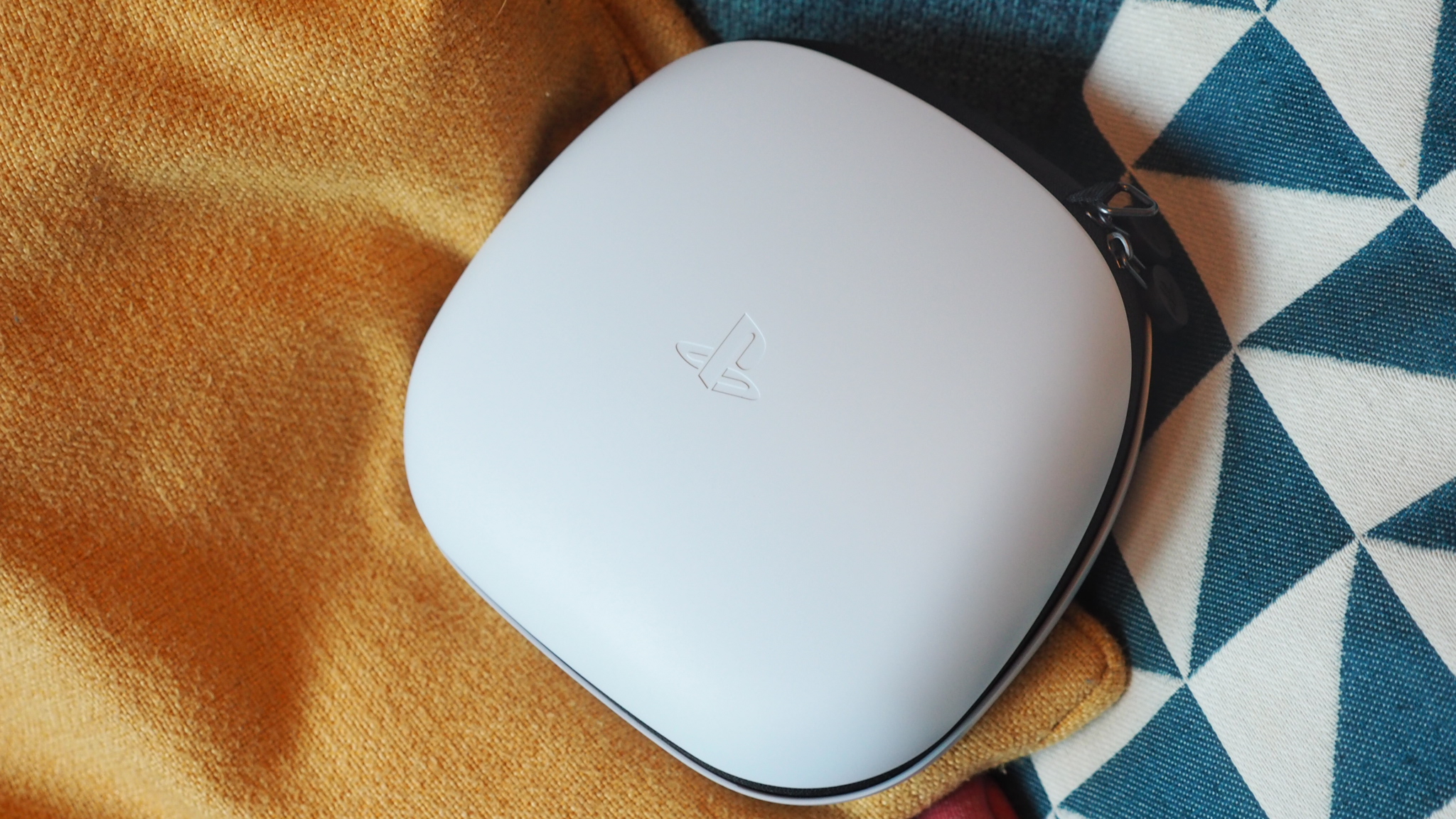
Once you've got the DualSense Edge's box open the first thing you'll find is a nice white hardshell carry case, complete with PS emblem discreetly pressed into the finish on the front.
It's got two zips, a rear Velcro access for charging via USB whilst the controller is within the case, and within there are four additional thumbstick caps (two high, two low domes), plus the two types of metal 'back' buttons which can slot into the rear ports on the controller.
2. (Optional) rear back buttons
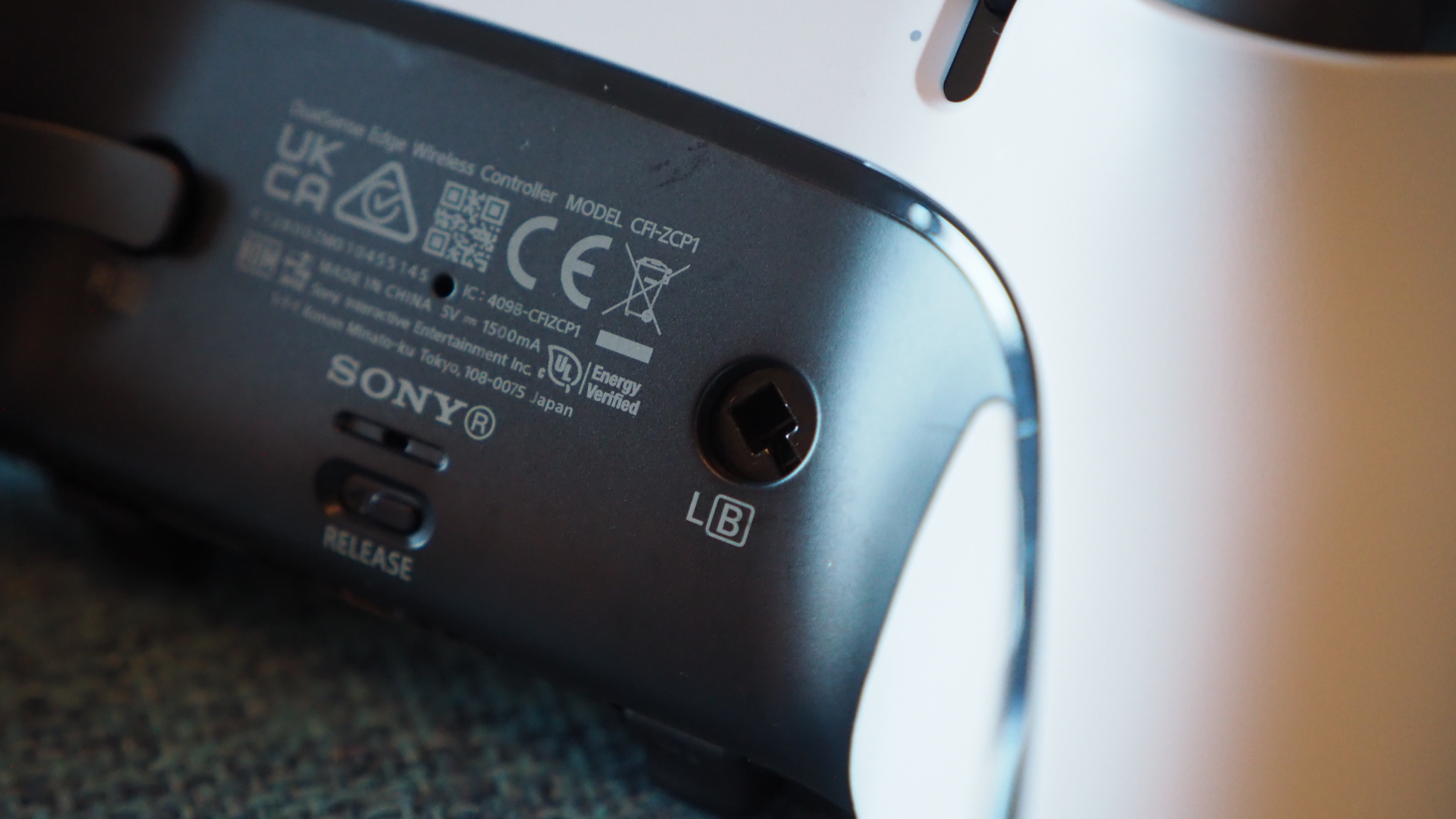
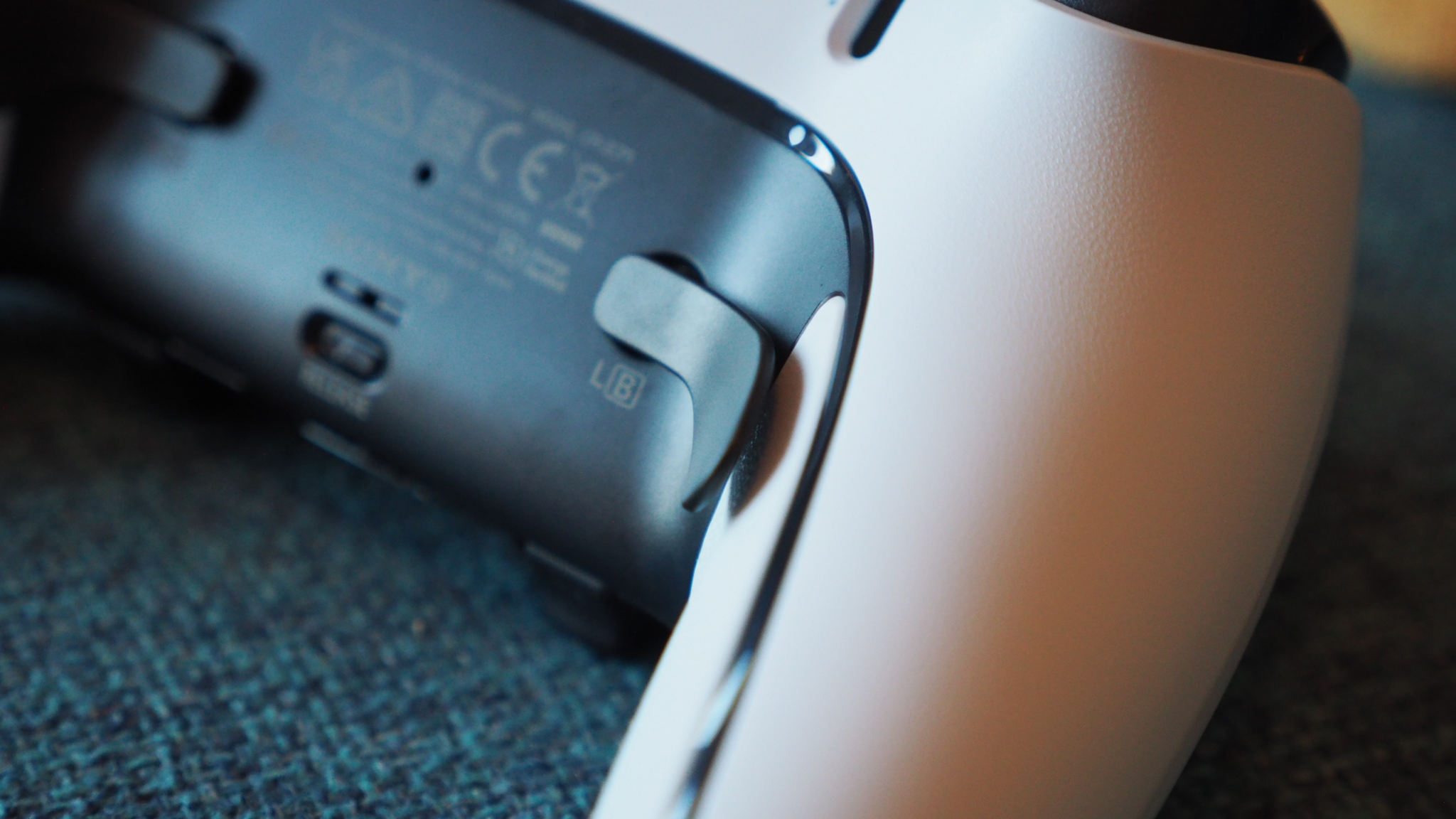
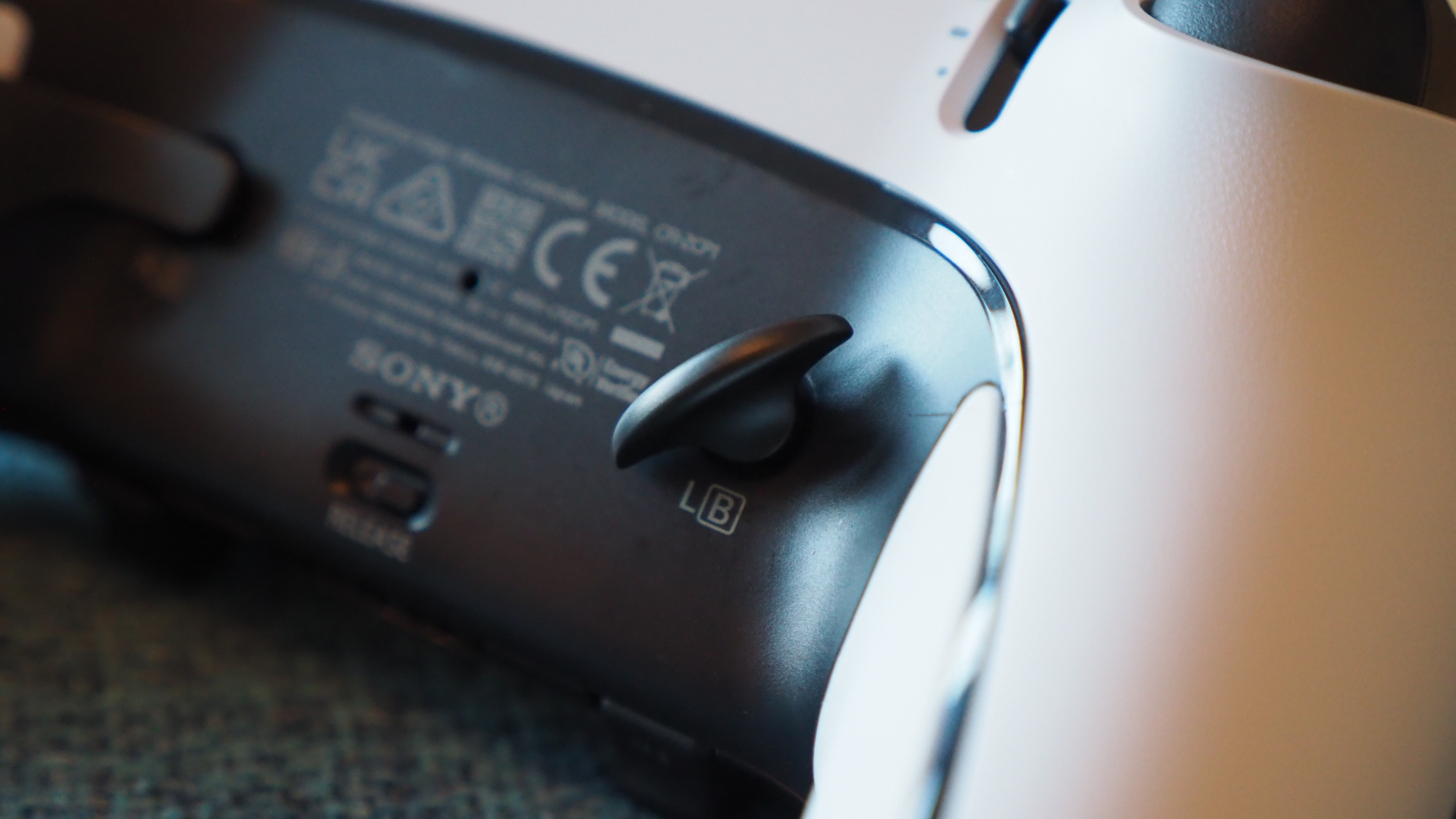
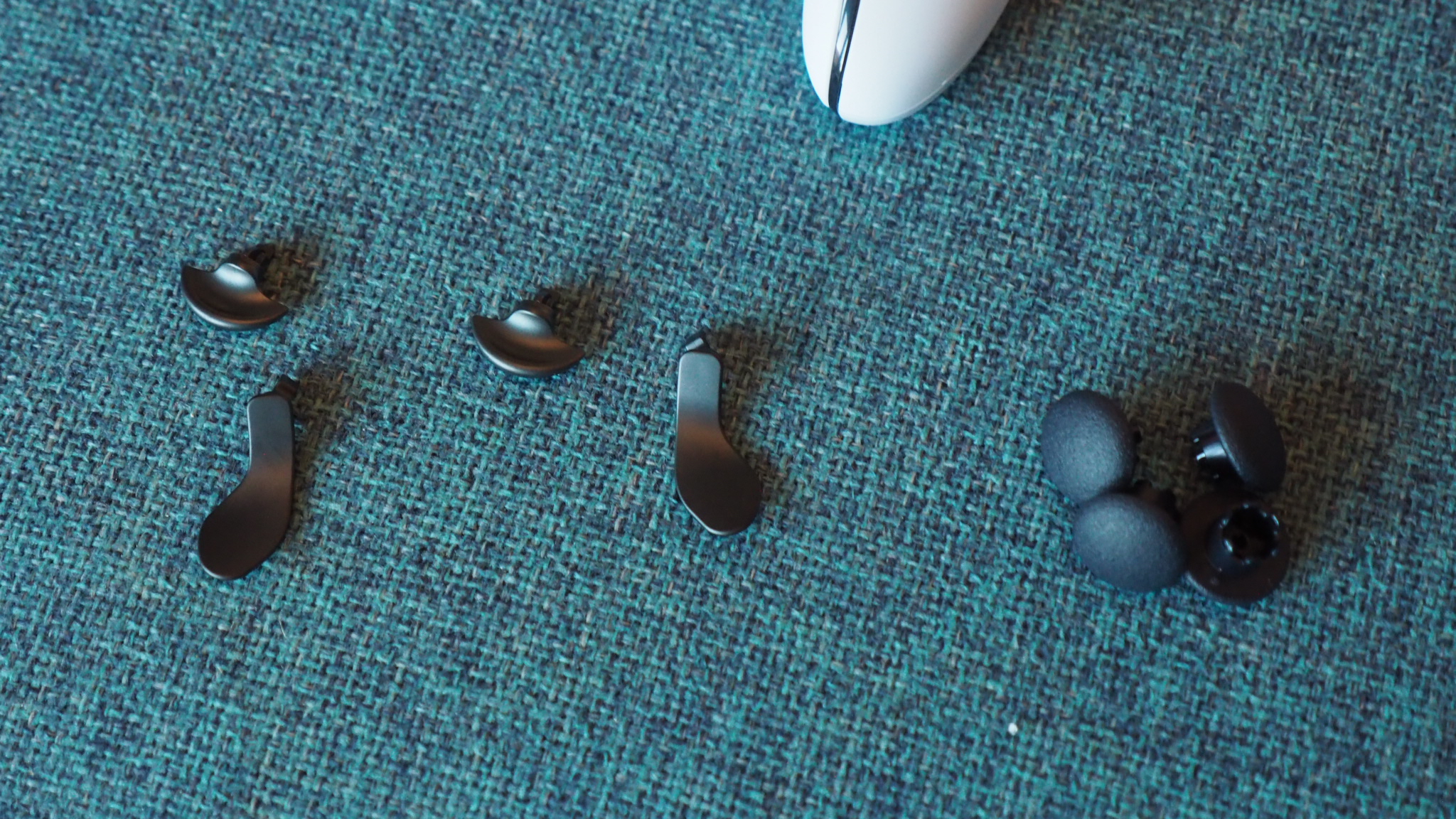
I love that these back buttons are optional so they're not always attached to the controller, as the longer trigger-like ones are great to use but hard to not touch in some fashion most of the time, meaning they're ideal for some games and not others.
It's nice and easy to add/remove the dome or trigger back buttons into place too, the subtle openings not too complex to utilise as and when you choose, yet still strong enough to always maintain a strong fixed position when the buttons are in place.
3. Modular analogue sticks!
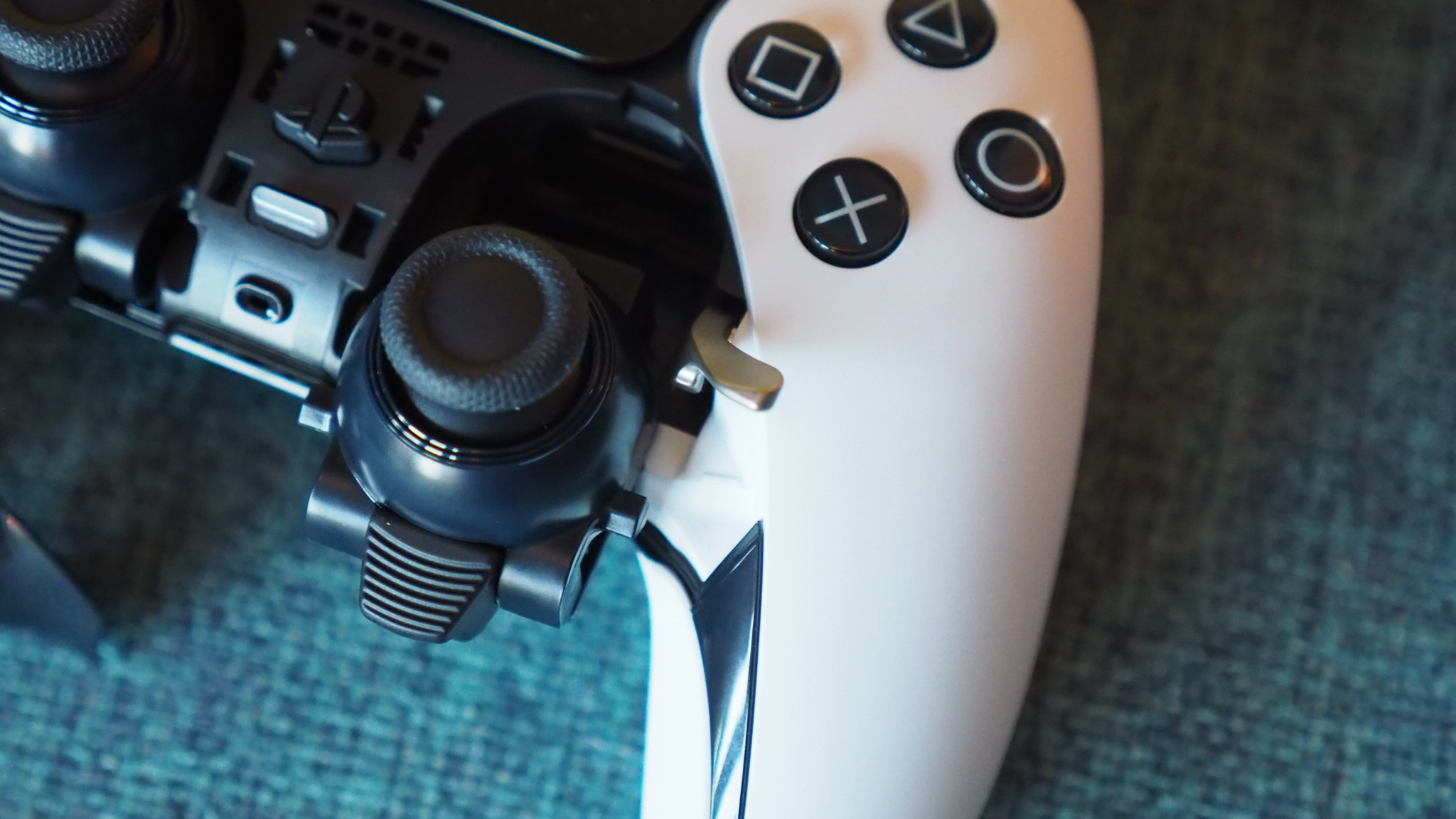
You can remove the DualSense Edge's face plate, which reveals two levers, left and right, which unlock the two separate analogue stick modules. It's easy to remove either by sliding them out of position.
However, at the time of writing, you can't do much else just yet. I assume that new modules will be available in the future and would hope that tension-adjustable ones are part of that plan (it's odd that Sony has missed out this feature, which Microsoft has on its Xbox Elite S2 controller).
4. Software customisation and profiles
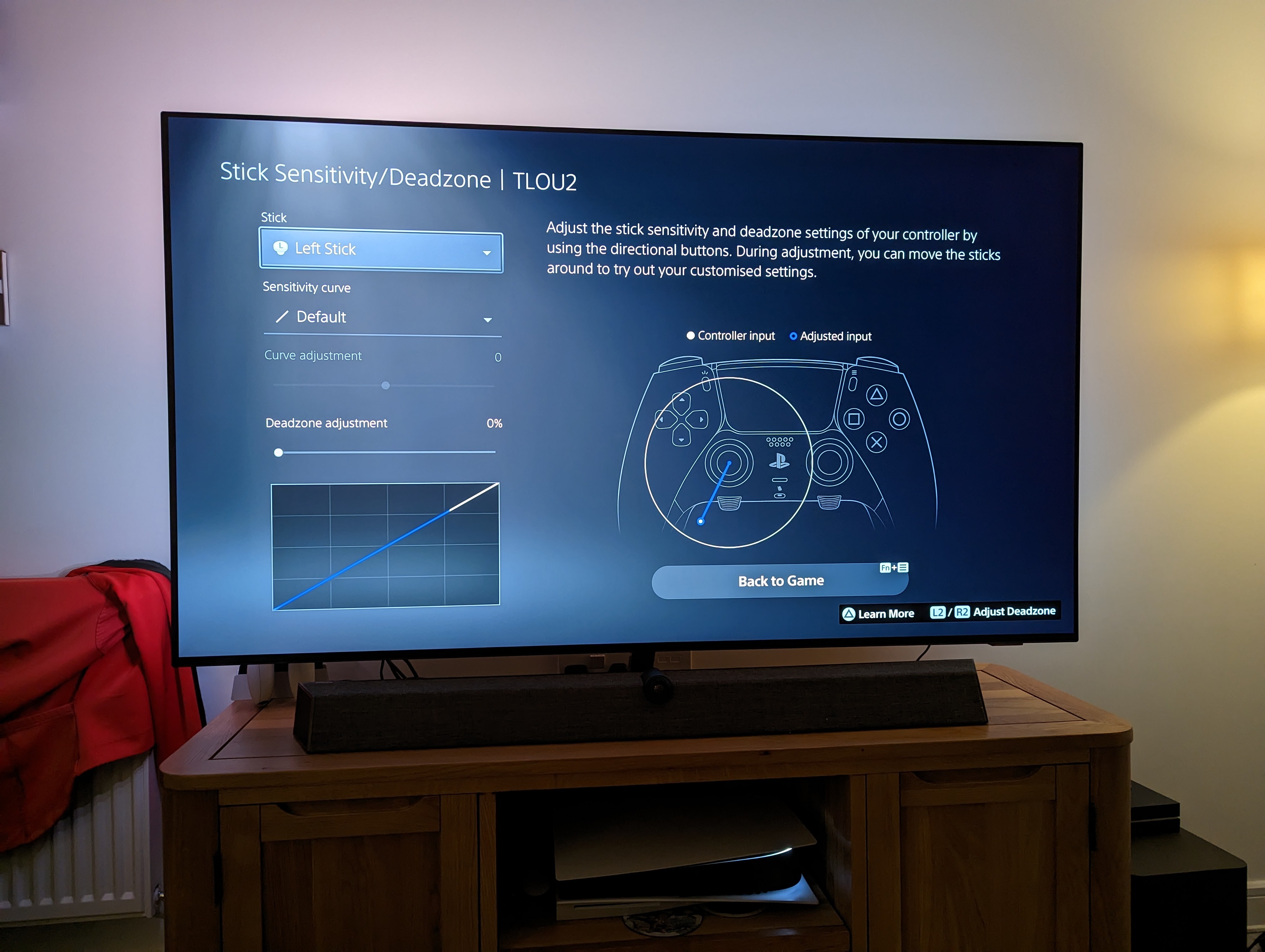
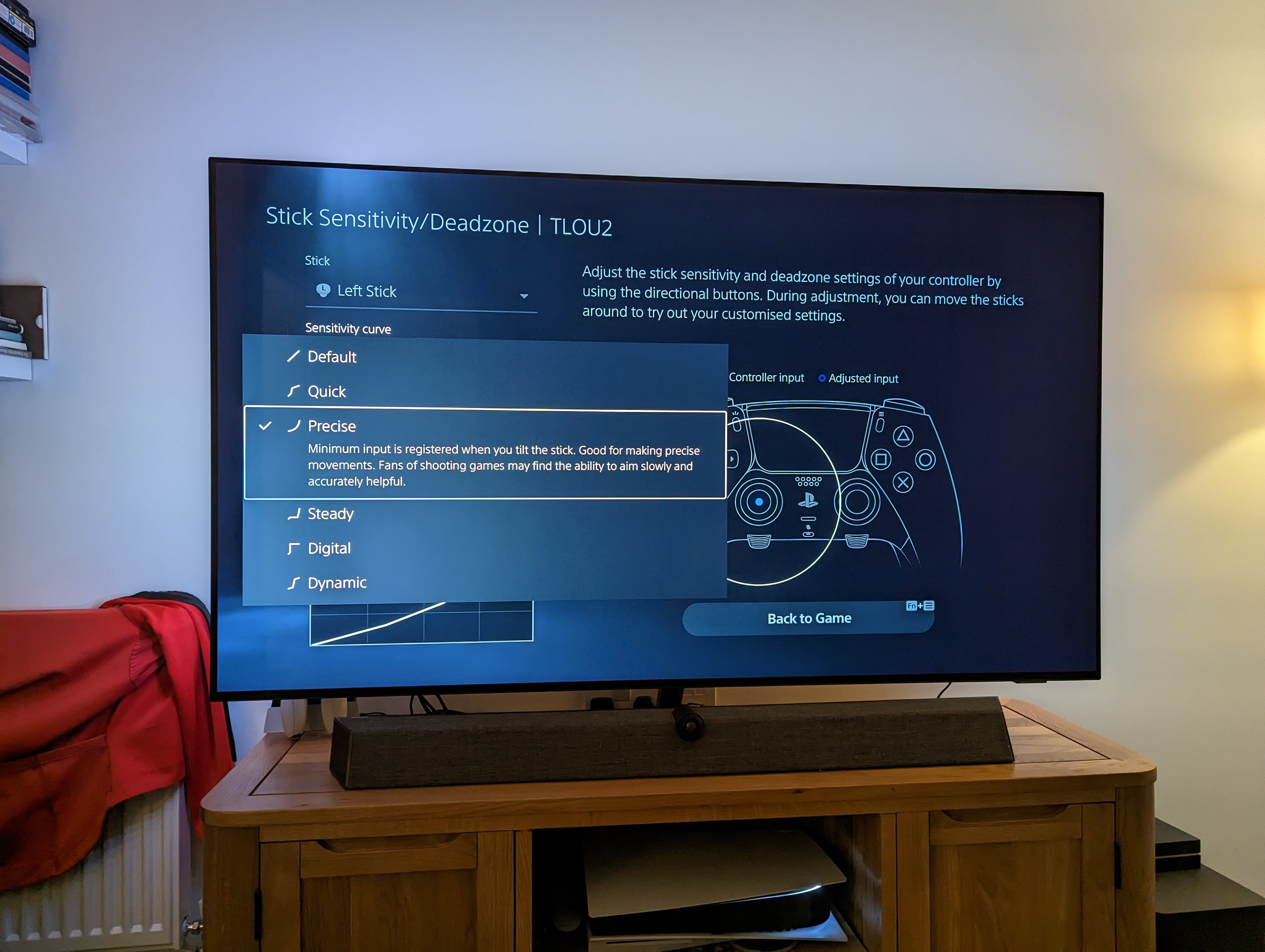
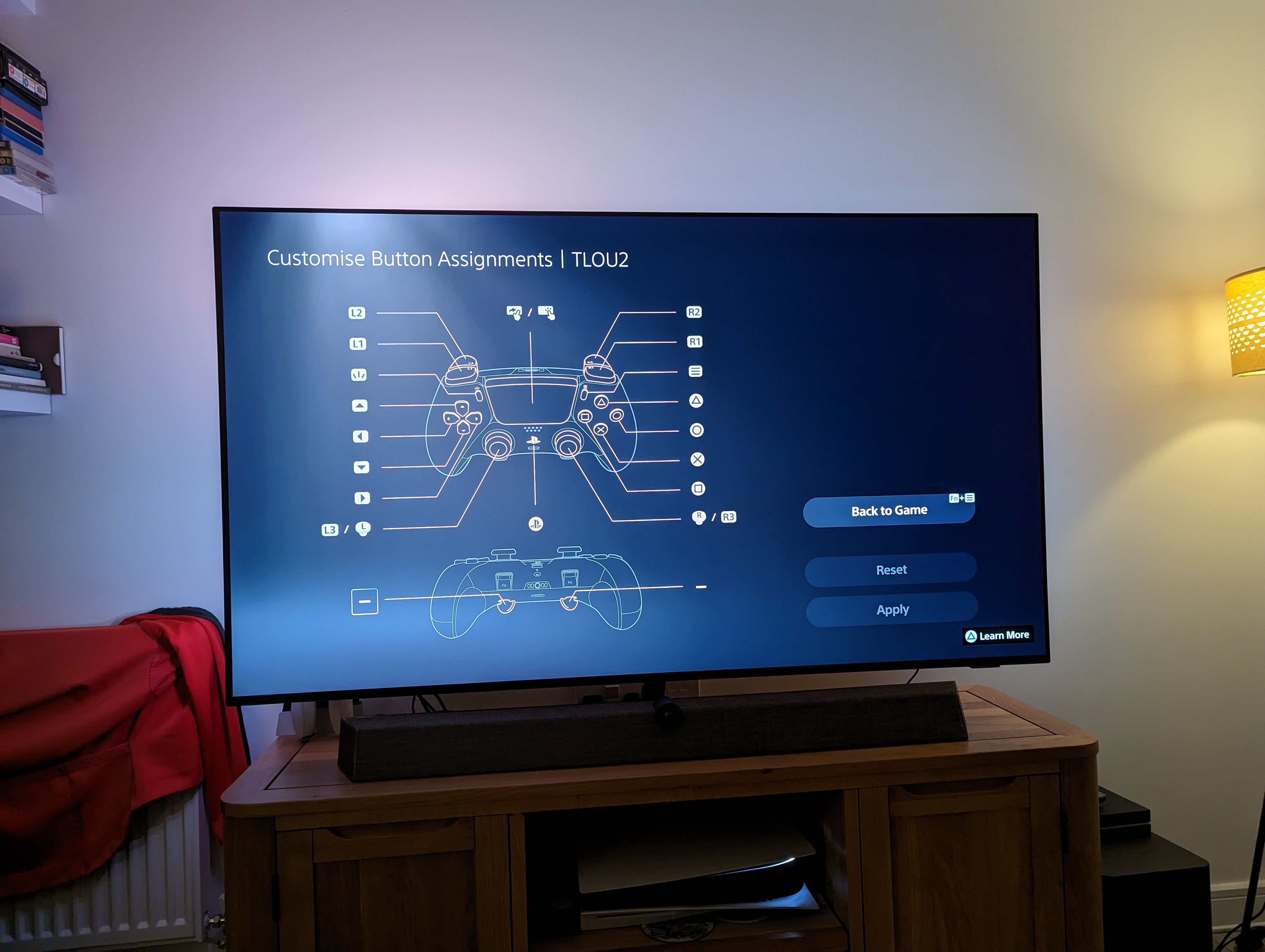
Once plugged in, it's really easy to access the software adjustment for the DualSense Edge. The PlayStation 5 knows what's connected and makes it nice and easy to create custom profiles, so you can design per-game button layouts as you wish.
The software goes deeper than this too: you can adjust the curve and deadzone of each thumbstick; create left/right trigger deadzones (including their start, not just end points); and customise button assignments to any button.
5. Function buttons included
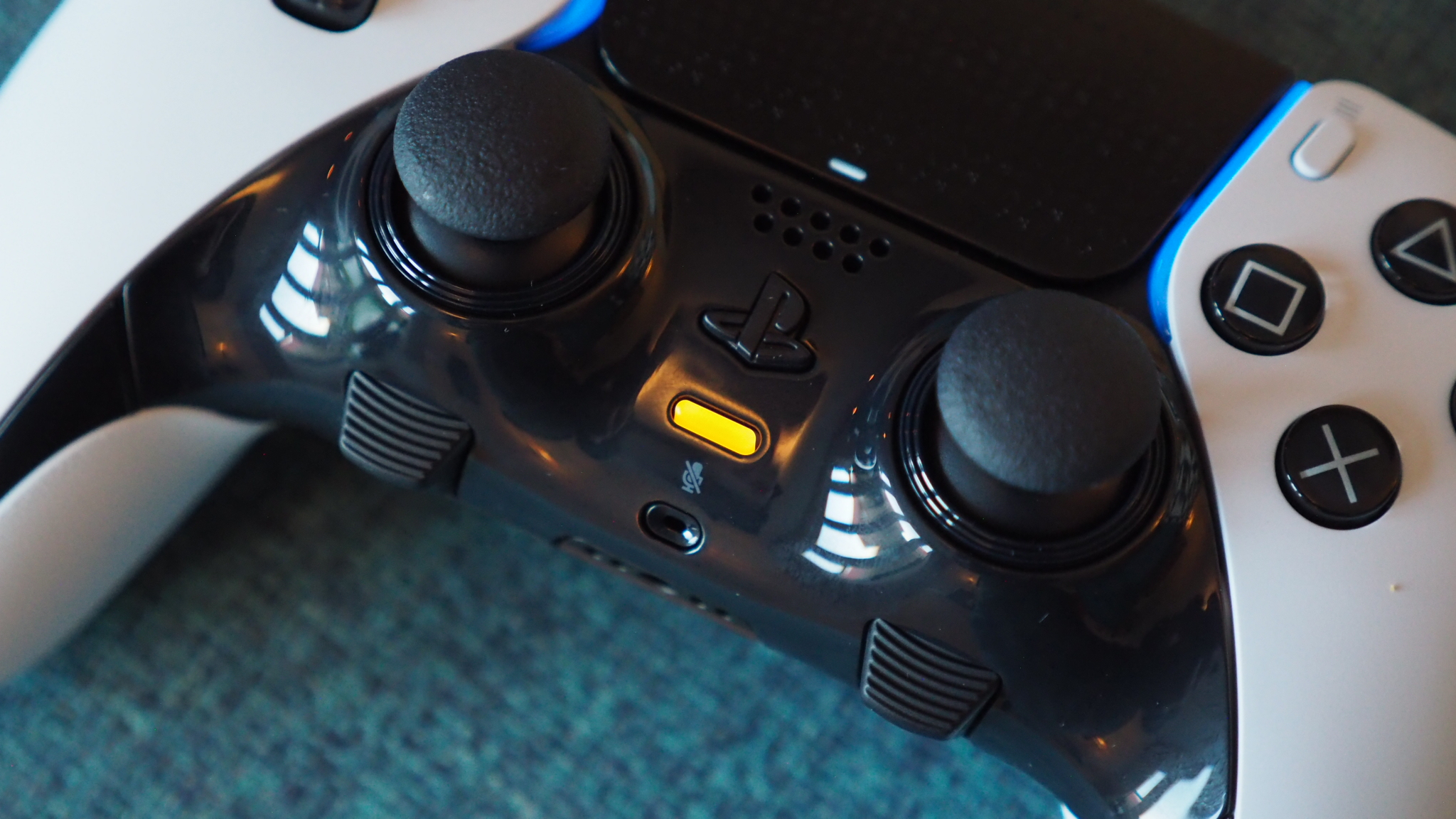
While the back buttons are optional and can be removed, as you can see from my pictures there are two function buttons on the front, left and right, can't be removed independently (they're part of each analogue stick module).
These buttons aren't assigned a function by default, though, so are of little consequence – unless, of course, you custom assign controls to one/both of these as you wish. Certainly useful.
6. Adaptive triggers with hardware control

In addition to creating software-based deadzones for triggers, there's a tri-position adjustable slider per trigger button on the rear of the controller, one per side to adjust left/right independently.
This adjusts how much trigger 'throw' there is, should you want short and sharp, middling, or longer trigger control for more subtle use of their extension during play Ideal for differing setups for different games and playstyles.
7. The touchpad's △0✕▢ symbols are cool
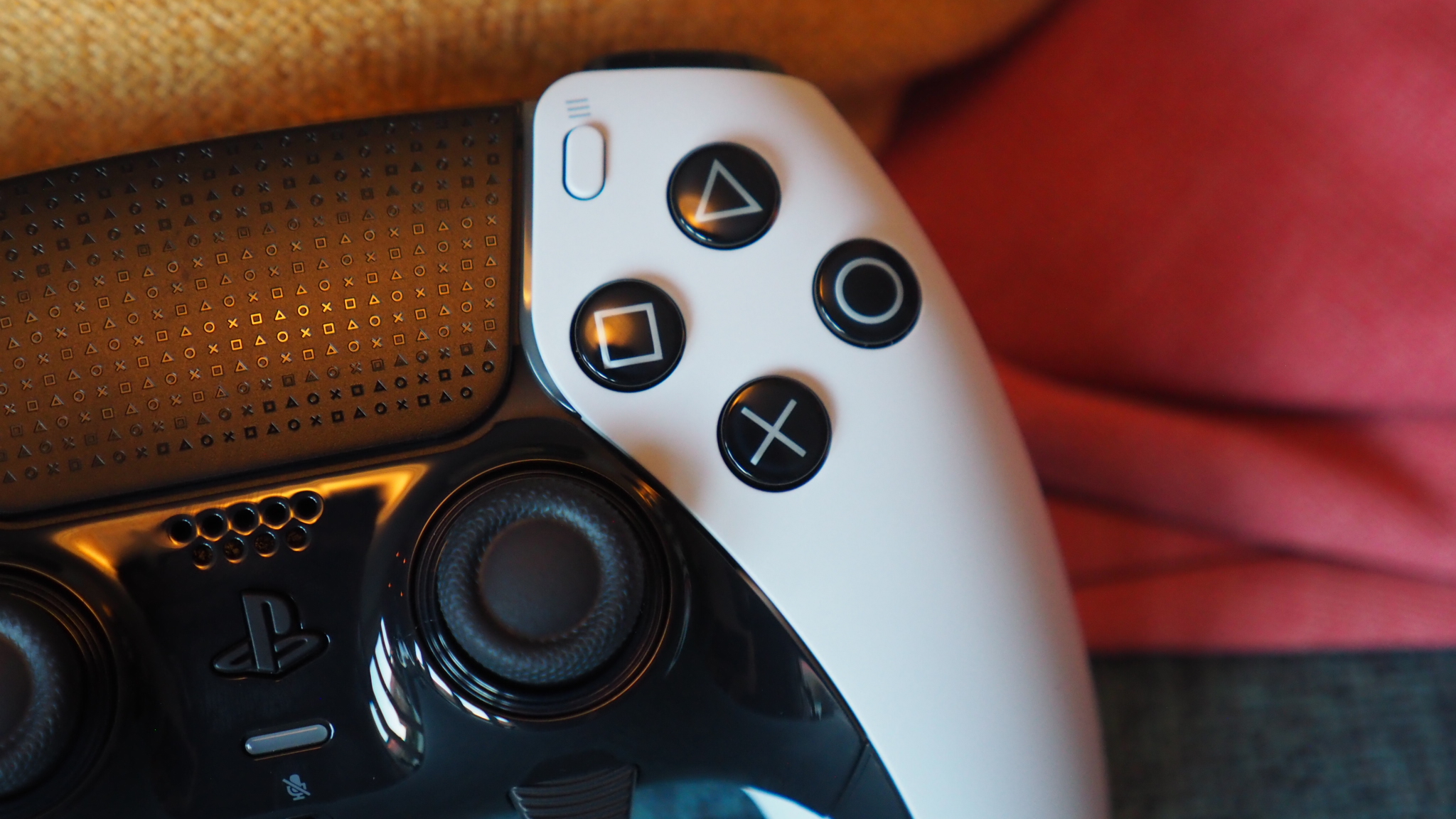
It's a small thing, and it's quite hard to see even in real life, but the touchpad area has lots of classic PlayStation symbols throughout. It looks really cool when it catches the light in the right way.
You might need a microscope to see it much of the time, sure, but it goes to show Sony's attention to detail when it's come to making this controller. It's just way better made and more functional than a standard DualSense controller all day long.
8. Haptic feedback is way better
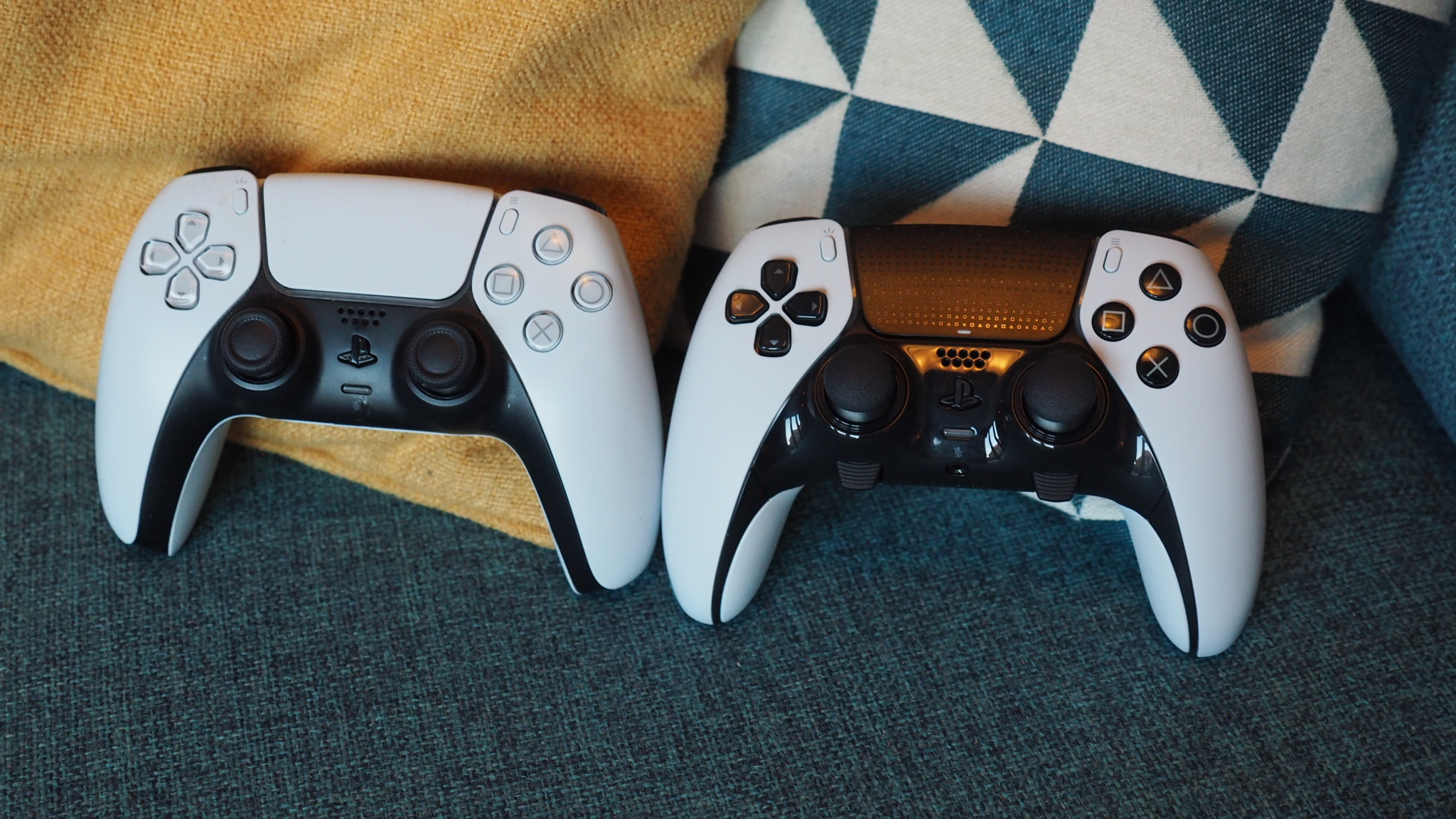
Last up, there's something more assured about the way haptic feedback feels. It's just better, less clattery to me. It's also software-adjustable as to how much strength is output, which is a cool feature.
Furthermore you can specify within the software what will cause haptic feedback; you can decide, say, if you want a gun's recoil to be firmer than various in-game automatic triggers. It's a nice differentiator.
Sony DualSense Edge review: Performance
You can see the practicalities of many of the feature additions that I've highlighted above. I think the DualSense Edge's build quality, the way in which you add/remove optional buttons, and the quick-access to software control is all really well managed.
This controller feels great to use, from that sharp feedback, to those on-point customisable controls, and I really don't think you'll find a better controller to play on PS5. It does cost a lot, of course, and as not all games or players' playstyles will benefit, only you'll really know if it's worth the asking price to you.
The lack of tension adjustment is also disappointing at this price, but then a lot of the third-party competition lack this. It's Xbox that doesn't, of course, with the under-the-thumbstick-turnscrew of the Elite Wireless Controller 2 offering this feature. I suspect it will come to Sony's DualSense Edge via different thumbstick modules, but at what additional cost?

The main thing I can't help but highlight, however, is that the battery life here just really isn't all that good. I can't profess that the standard DualSense controllers are especially great, which is a prime reason why I already own two of them and a charging dock, to ensure there's always a controller available to use.
But the DualSense Edge's battery life? It's actually worse than the standard DualSense. Which, for a 'pro' controller is a definite shortfall. I'm getting around seven or eight hours per charge, which is hardly a worry, per se, and I wouldn't want the controller to be unnecessarily heavier owed to more battery capacity for the sake of balance reasons, but you can see my point.
If you're not one for wireless play, however, then there is a really nice braided USB cable included (it's 2.75m or 9ft by my tapemeasure, so a decent length for play), plus a plastic 'Connector Housing' to ensure it's rigidly attached to your console, so you can forego any battery concerns.
I don't have the tools to measure input lag/latency in a wired rather than wireless setup, but I'd think the controller customisations are going to speed up your input suitably anyway, whether you choose wired or wireless play.
DualSense Edge review: Verdict
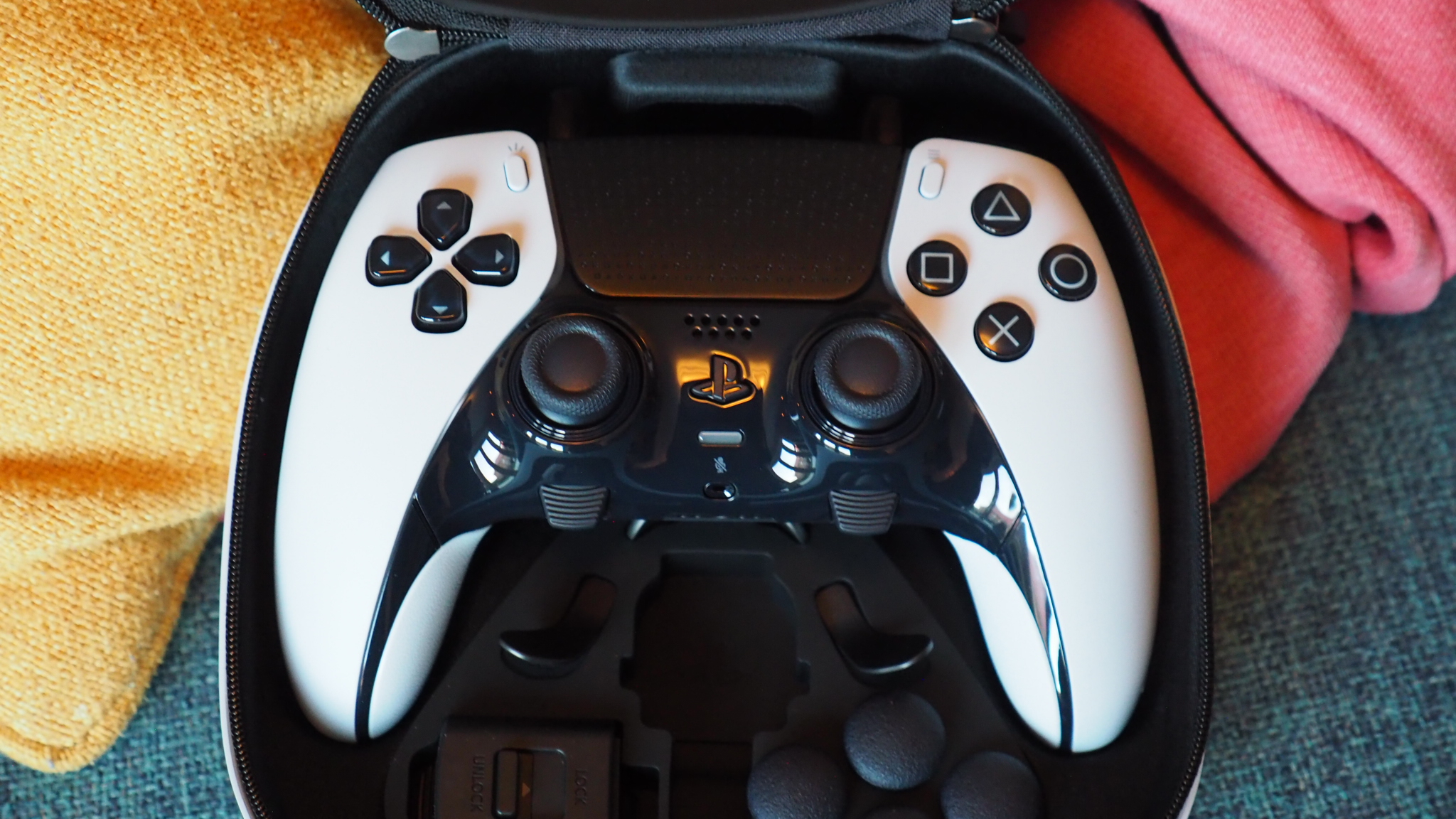
It's taken Sony many years to make a pro-grade controller, but in the DualSense Edge it shows that patience is a virtue. Because I find this is a superb pro-level controller that's semi-modular, hugely customisable, well-built throughout (including the carry case), and a total pleasure to use.
However, it won't suit all players, its high price is undeniable, and the battery life really should be better. But you'll know if you're the kind of gamer who demands more controls, more adjustment, more customisation and more precision for your gaming.
The DualSense Edge can certainly deliver on all those counts with aplomb, making it the best PlayStation 5 controller money can buy – it's just that you'll need rather a lot of that to buy one in the first instance.
Also consider
Generally speaking there aren't loads of alternatives. I will say that if you baulk at the Edge's price and are happy with the standard DualSense controller then buying a backup one of those will serve you well. Other high-end alternatives do exist, from Razer's Wolverine V2 Pro to Scuf's Reflex Pro, but they're similar in price (or more!) and don't really add any additional killer features compared to Sony's top-tier offering.
Get all the latest news, reviews, deals and buying guides on gorgeous tech, home and active products from the T3 experts

Mike is T3's Tech Editor. He's been writing about consumer technology for 15 years and his beat covers phones – of which he's seen hundreds of handsets over the years – laptops, gaming, TV & audio, and more. There's little consumer tech he's not had a hand at trying, and with extensive commissioning and editing experience, he knows the industry inside out. As the former Reviews Editor at Pocket-lint for 10 years where he furthered his knowledge and expertise, whilst writing about literally thousands of products, he's also provided work for publications such as Wired, The Guardian, Metro, and more.
